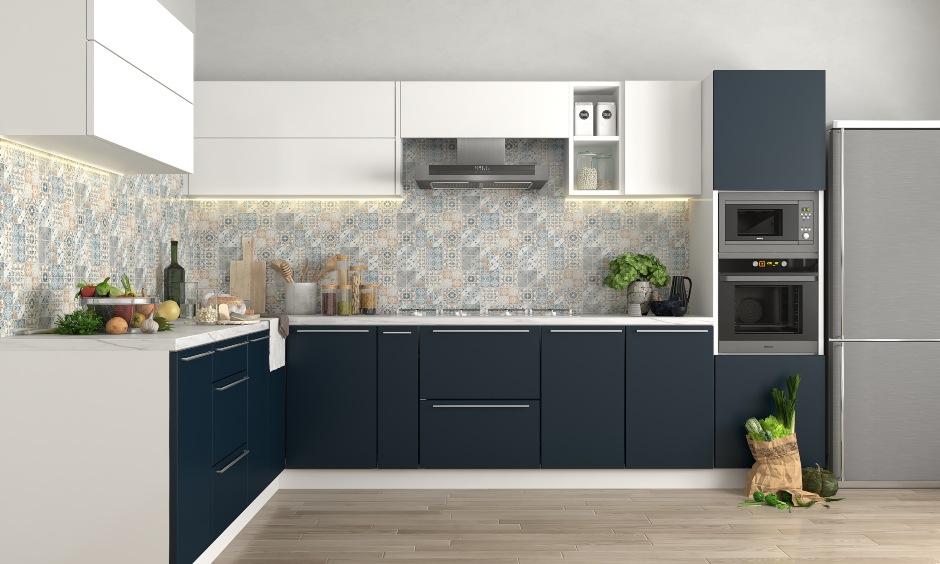In the bustling city of Delhi, where the past and present intertwine seamlessly, the ancient science of Vastu Shastra finds its place in modern homes. Rooted in the Indian tradition, Vastu Shastra offers a unique perspective on harmonizing energy within living spaces. As the modern world seeks balance and connection with its surroundings, the principles of Vastu Shastra are gaining recognition for their ability to enhance well-being. In this blog post, we explore the art of integrating Vastu principles into contemporary interior design, creating homes that resonate with positive energy and a sense of equilibrium.
Understanding Vastu Shastra:
Vastu Shastra, an ancient architectural science, emphasizes the harmony between the physical and metaphysical realms. Based on the alignment of various elements with cosmic energies, Vastu offers guidelines for designing spaces that promote health, wealth, and spiritual well-being. In the modern context, these principles take on a new significance, offering a holistic approach to interior design.
Choosing the Right Direction:
One of the core principles of Vastu Shastra is aligning spaces with the cardinal directions. In modern homes, this can translate into positioning rooms and furniture to harness the beneficial energies of each direction. For instance, placing the master bedroom in the southwest corner is believed to enhance stability and nurturing energy.
The Elements of Nature:
Vastu Shastra emphasizes the importance of the five elements – Earth, Water, Fire, Air, and Space – in creating a balanced environment. Integrating these elements through decor and design can foster a sense of grounding and tranquility. Indoor plants, natural materials, and water features bring these elements into play, enhancing the flow of positive energy.
Balancing Energies:
Vastu Shastra also emphasizes the balance between positive and negative energies or “vastu doshas.” In modern homes, this translates to arranging furniture and decor in a way that maintains a harmonious flow of energy. Clutter-free spaces, open pathways, and proper ventilation contribute to this balance.
Incorporating Vastu Principles:
Integrating Vastu principles into modern interiors doesn’t require a complete overhaul. Simple adjustments can make a significant impact. For instance, placing a mirror on the north or east wall can amplify natural light, while using soft, soothing colors in the southwest corner can enhance stability and relationships.
Case Studies:
Explore how we transformed various spaces using Vastu principles. In a Delhi apartment, aligning the entrance with the east direction improved the flow of positive energy, creating a welcoming atmosphere. By incorporating a water feature in the northeast corner, we enhanced the space’s tranquility.
Expert Tips:
- De-Clutter: Keep spaces tidy and clutter-free to allow energy to flow freely.
- Natural Materials: Use materials like wood, stone, and natural fabrics to bring in the element of Earth.
- Proper Lighting: Ensure each room receives adequate natural light for a positive atmosphere.
Conclusion:
In a fast-paced urban environment like Delhi, the wisdom of Vaastu Shastra offers a unique opportunity to create harmonious living spaces that resonate with positive energies. As modern homeowners seek connection with nature and a sense of equilibrium, integrating Vaastu principles into interior design provides a holistic approach to well-being. By aligning spaces with directions, incorporating natural elements, and maintaining energetic balance, you can create a home that’s not just visually pleasing but also nourishing for the mind, body, and soul. Embrace the ancient wisdom of Vaastu Shastra to create a modern sanctuary that stands as a testament to the timeless relationship between humans and their living spaces.

